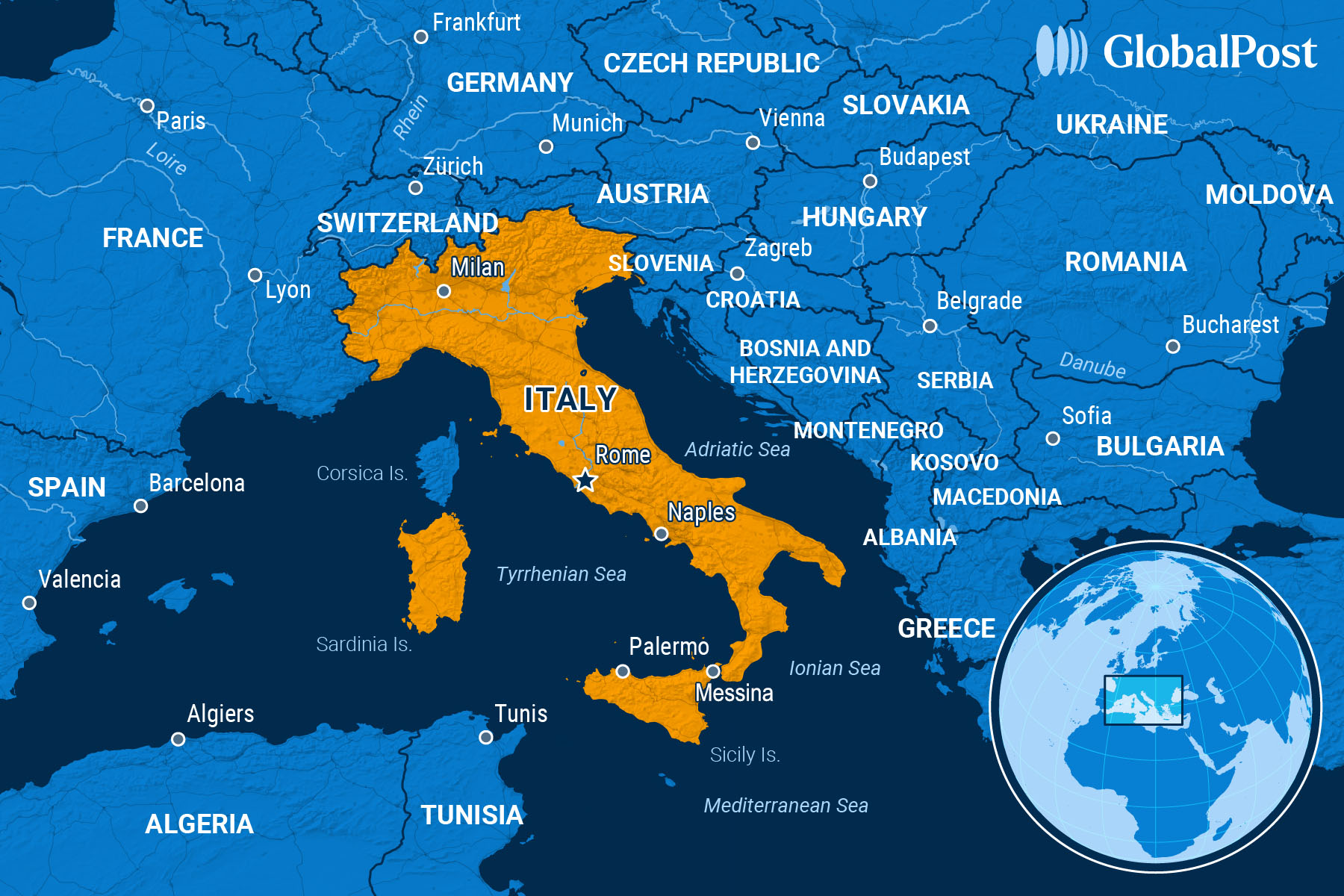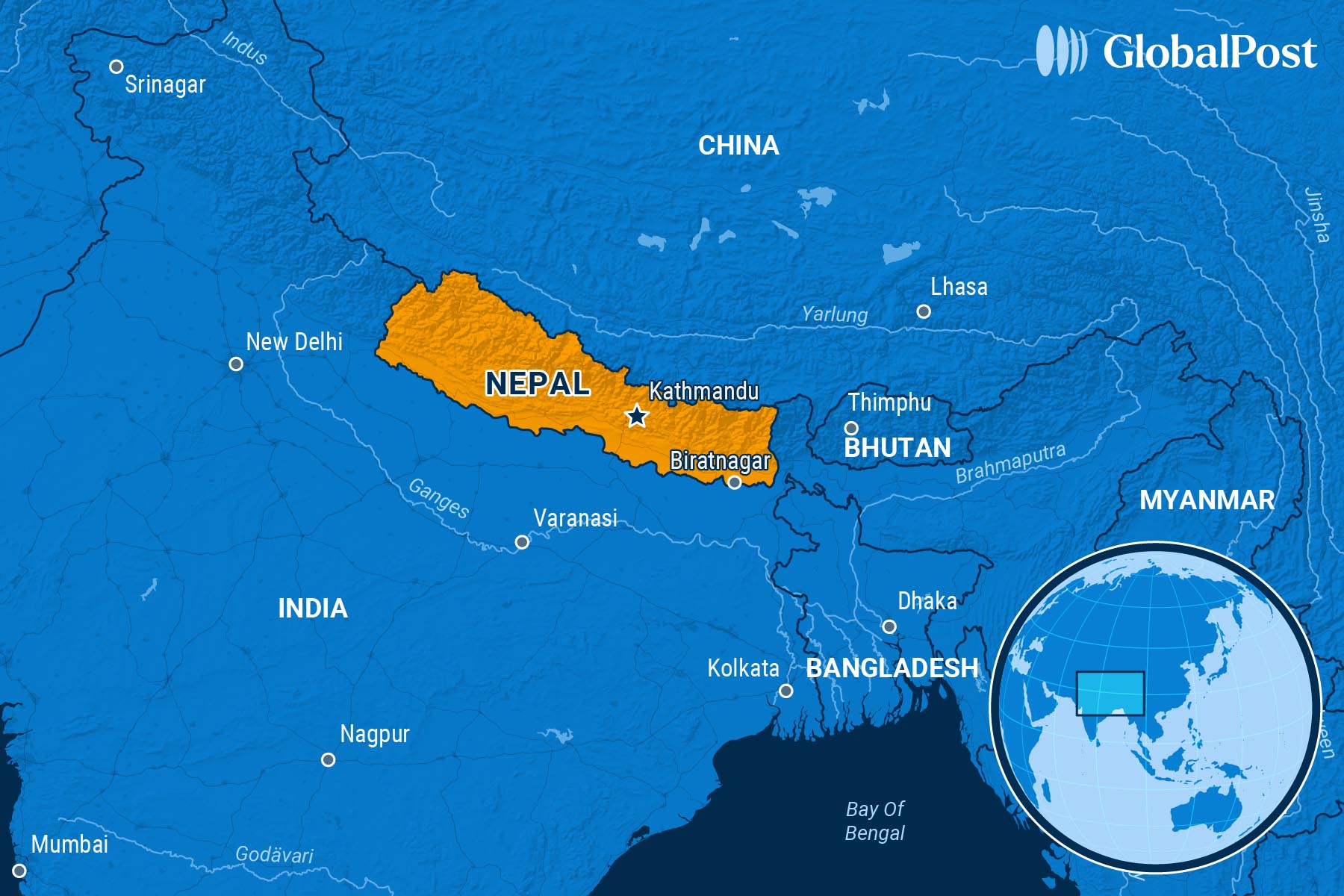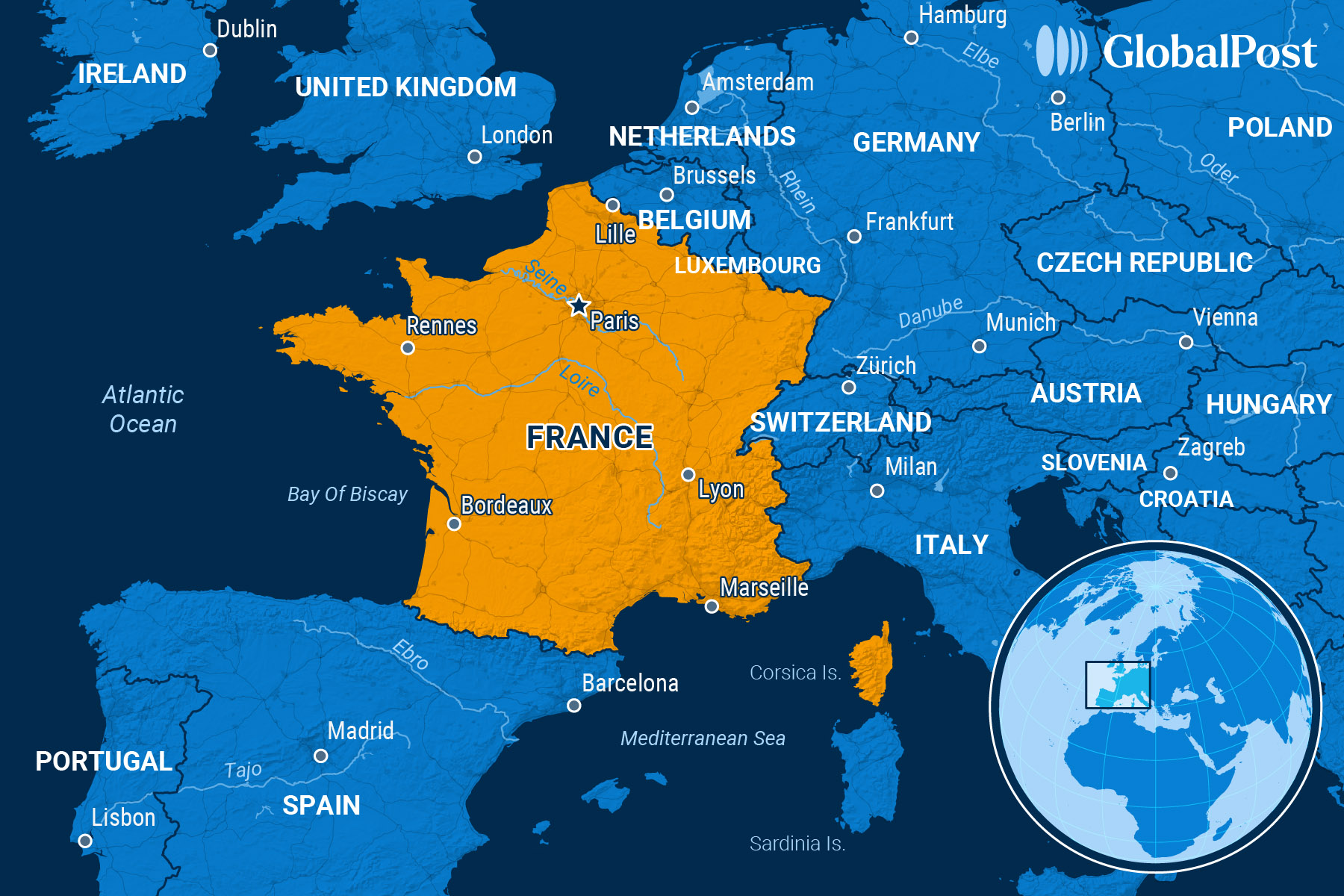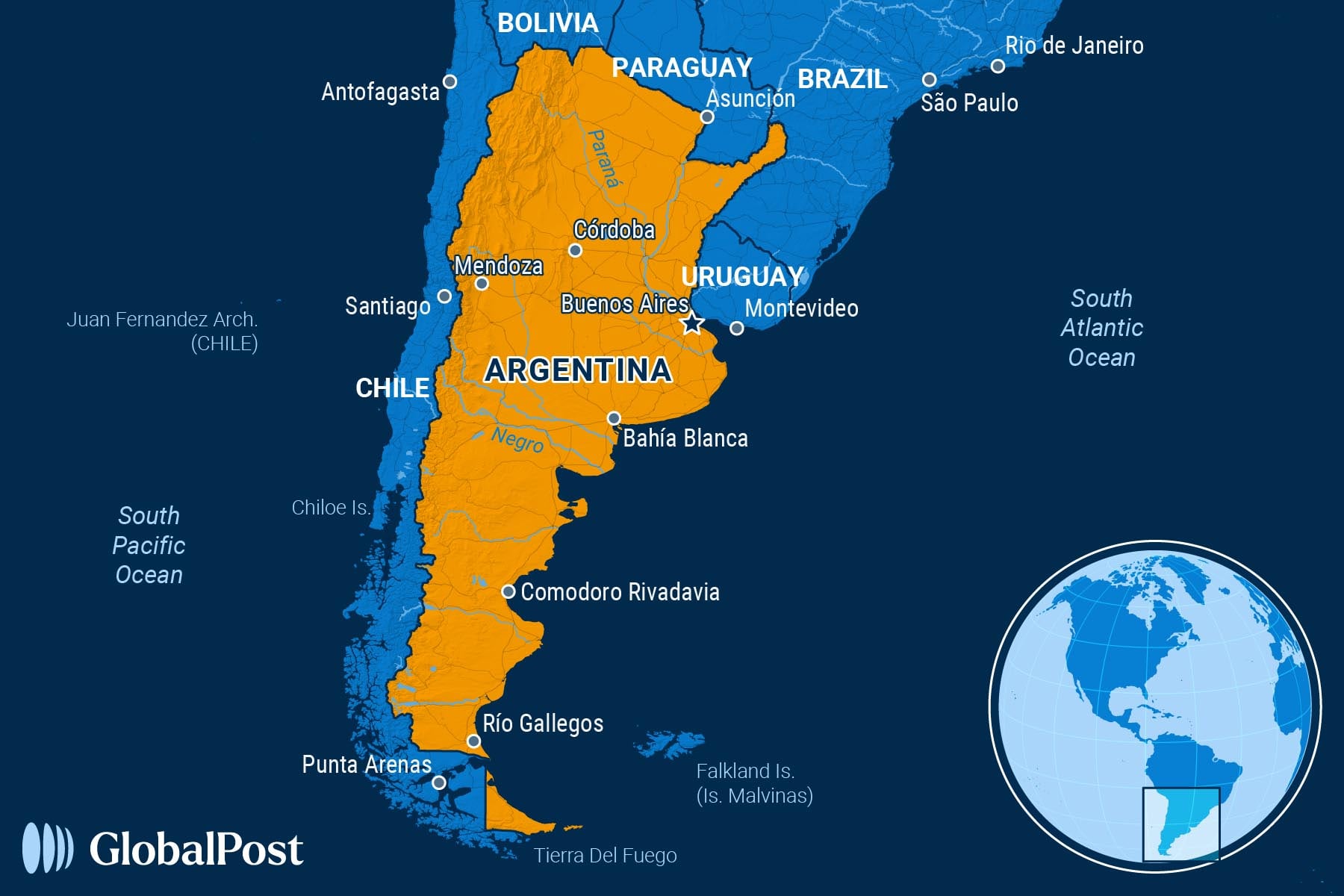A Bridge Too Far: Italy To Build Controversial Link Between Sicily and the Mainland
NEED TO KNOW
A Bridge Too Far: Italy To Build Controversial Link Between Sicily and the Mainland
ITALY
 Torre Faro, a fishing town north of Messina on the Italian island of Sicily, has been holding its breath for years, waiting for the day when it will be sacrificed for the construction of a bridge, one that would link Sicily to the Italian mainland.
Torre Faro, a fishing town north of Messina on the Italian island of Sicily, has been holding its breath for years, waiting for the day when it will be sacrificed for the construction of a bridge, one that would link Sicily to the Italian mainland.
Even as far back as the early 2000s, the manager of the once-revered Faro Motel postponed maintenance work and upgrades, waiting for the letter that would tell him he would have to shut down.
The notice never came. But the establishment, like many others in the area, now lies in ruins anyway, a ghost hotel on the shores of the Strait of Messina, marked by the rust, dust, weeds, and silence of abandonment.
For others, however, a recent announcement that construction on the bridge is imminent has brought the wait to an end and, instead, ignited a battle to save their homes and their region.
“They could offer me three times the value of my house, but that doesn’t matter to me. What matters is the landscape. They must not touch the Strait of Messina,” Mariolina De Francesco, a 75-year-old resident of Messina whose house lies near the site of one of the bridge’s planned 1,600-foot land towers, told the Associated Press. “Our lawyers will take action, and we will stop them.”
The Strait of Messina, separating Sicily from the Italian mainland, is about 1.9 miles wide at its narrowest point, between Capo Peloro in Messina, Sicily, and Punta Pezzo in the town of Villa San Giovanni, in Calabria.
Between the two coasts that never quite meet, the Mediterranean Sea produces a shimmering illusion: The fata Morgana, a mirage that makes the shoreline appear within reach. In reality, the fastest connection between the two points today is a 20-minute ferry, according to Smithsonian Magazine.
All of this is about to change as Italy prepares to build the longest single-span suspension bridge in the world, with construction to begin in the spring.
The project is expected to cost $15.7 billion and will feature six lanes for vehicle traffic and two for rail lines: It will have capacity for up to 200 trains a day and 6,000 vehicles per hour, according to Webuild, one of the companies leading the project.
It is slated to open in 2032.
The bridge has been a dream of those ruling Italy since ancient times: Roman author Pliny the Elder wrote of a temporary bridge built to transport war elephants across the strait around 250 BCE.
Many others have attempted the feat, from King Victor Emmanuel in the 1860s to fascist dictator Benito Mussolini in the 1940s, to former Prime Minister Silvio Berlusconi. They all failed.
This current project was first approved in 1971. Revived by the administration of Prime Minister Giorgia Meloni in 2023, it has now advanced beyond a planning stage, likely because Italy is experiencing one of its most stable governments since becoming a republic in 1946, analysts said.
Meloni said it will be “an engineering symbol of global significance,” adding that it will be an “investment in Italy’s present and future.”
Officials say it would develop the southern region and provide jobs: Webuild predicts that the project would create over 100,000 jobs in a region of Italy where unemployment is double the national average – 13 percent compared with 6.5 percent.
But in the south, both in Sicily and in mainland Calabria, the bridge is inspiring outrage.
In Messina, where the volcanic slopes of Mount Etna meet the sea, the stark landscape is littered by cracked buildings with boarded-up windows. Residents say, however, a bridge to the mainland won’t bring them what they need.
“In the south, there are no streets, no schools, no money, no jobs, no railways,” Renato Accorinti, anti-bridge activist and a former mayor of Messina, told the Atlantic. “And you want to spend a colossal figure of money we don’t have on those three kilometers. What will you solve with those three kilometers? Just to say you did the biggest thing in the world?”
Opponents from the “No Ponte” (No Bridge) movement say the money should go to existing infrastructure projects that need help, such as roads and railways. Instead, part of the budget will be used to build new infrastructure and leisure attractions in the area.
Recently, thousands protested against the bridge in Messina, arguing that it would destroy the local landscape, add to the destruction of earthquakes, and disrupt the lives of nearby residents.
About 500 families would need to be relocated for the bridge to be built. Many are determined to resist.
Environmental groups have also filed complaints with the European Union, noting that the strait lies along crucial migration routes for fish and birds, and the bridge could confuse the animals.
Critics also argue that construction would use millions of liters of water a day, taking the limited resource away from Sicily and Calabria, which regularly struggle with drought and occasionally are forced to ration water.
Meanwhile, some are concerned that the funds could be siphoned off by the Sicilian and Calabrian mafias, which are extremely influential in politics and society in southern Italy.
Still, there are residents who hope the bridge could change something for the better, with its promotion of fast rail and road connections providing a much-needed boost to Sicily and the rest of Italy’s poorer southern regions.
“The bridge could create jobs for young people,” said 71-year-old Giuseppe Caruso. “And maybe it could also change something in Sicily, where we always like to keep everything as it is.”
THE WORLD, BRIEFLY
Nepalese Prime Minister Resigns Following Violent Protests
NEPAL
 Nepal’s prime minister KP Sharma Oli resigned Tuesday, a day after at least 19 people died and hundreds more were wounded in a violent crackdown on protests against a short-lived social media ban and government graft, the Washington Post reported.
Nepal’s prime minister KP Sharma Oli resigned Tuesday, a day after at least 19 people died and hundreds more were wounded in a violent crackdown on protests against a short-lived social media ban and government graft, the Washington Post reported.
Young Nepalese demonstrators took to the streets Tuesday night in growing and increasingly violent protests, defying an indefinite curfew imposed following protests over the past week, triggered by a week-old ban on social media apps and widespread anger over government corruption.
Due to the young age of many of the protesters, the demonstrations have been dubbed the “Gen Z protests.”
Early on Tuesday, Nepal’s government lifted the ban and restored social media access, but the decision, alongside the leader’s resignation, arrived too late to quell the unrest, observers said. Instead, tens of thousands of protesters stayed on the streets late into the day, blocking roads, storming and torching parliament and other government buildings, and attacking political leaders, the Associated Press wrote.
Oli’s resignation and the reversal of the ban on 26 social media platforms including WhatsApp, Facebook, Instagram, Signal, Reddit, YouTube, and X imposed because platforms failed to officially register their companies in the country amid a crackdown on social media, followed violent protest on Monday in which police in the capital of Kathmandu responded with live rounds as well as water cannons, rubber bullets, and tear gas.
Oli said he was resigning to allow for a constitutional resolution of the crisis. He will remain as head of a caretaker government until a new one is sworn in by a deeply divided parliament, the Hindustan Times added.
Analysts said Nepal’s latest outbreak of protests was no surprise as voter discontent has been rising for months amid recurring corruption allegations involving the country’s leadership. In March, large crowds in the capital took part in pro-monarchy demonstrations, calling for the return of former King Gyanendra. The monarchy was abolished in 2008.
France Plunged Into a Political Crisis Following Prime Minister’s Ouster
FRANCE
 French Defense Minister Sébastien Lecornu was appointed as the new prime minister of France late Tuesday, the fifth premier in less than two years, the same day his predecessor, François Bayrou, resigned after losing Monday’s confidence vote in parliament amid ongoing political gridlock, the Financial Times reported,
French Defense Minister Sébastien Lecornu was appointed as the new prime minister of France late Tuesday, the fifth premier in less than two years, the same day his predecessor, François Bayrou, resigned after losing Monday’s confidence vote in parliament amid ongoing political gridlock, the Financial Times reported,
Bayrou’s nine-month term ended after an alliance of left-wing lawmakers and Marine Le Pen’s far-right National Rally voted him out, 364 to 194.
The former prime minister’s term was marked with growing unpopularity over a budget plan that demanded more than $46 billion in savings, including welfare freezes, civil-service cuts, and the scrapping of two public holidays.
Bayrou warned that France’s debt – now 114 percent of the gross domestic product – risked “domination by creditors.”
However, the proposal proved unpopular among many voters, and his ouster was quickly celebrated in towns and cities across France on Monday night, with about 11,000 people joining “Bye Bye Bayrou” rallies outside town halls. Bayrou formally submitted his resignation the next day.
His replacement, Lecornu, a centrist who had originated in former President Nicolas Sarkozy’s right-wing party, according to the Guardian, was picked from a potential slate that included Justice Minister Gérald Darmanin, Finance Minister Eric Lombard, and former Socialist premier Bernard Cazeneuve.
Observers noted the risks that centrists may only survive for a few months, while Socialist party picks could push wealth taxes that Macron’s pro-business camp has long resisted, the Associated Press wrote.
Regardless, analysts said the new leader will struggle because of a deeply fractured parliament: Since Macron’s snap election in 2024, parliament has been split into three blocs – left, far-right, and centrists – with no single party holding a majority.
Unlike Germany or Italy, France has little tradition of coalition governments and the compromise politics that allow them to govern, political analysts added.
Meanwhile, public anger is mounting.
France is bracing for protests on Wednesday under the banner of “Block Everything,” with roadblocks and fuel depot closures expected. The government has mobilized 80,000 police officers.
Observers warned that the protests are no longer about a single budget cycle but about austerity, inequality, and what many see as a cycle of collapsing governments.
Meanwhile, Macron’s approval ratings have dipped to 15 percent, and the president is facing calls by Le Pen for early elections.
Opinion polls suggest that the National Rally could cement its hold on parliament, even though Le Pen has been barred from office after an embezzlement conviction she is appealing.
Macron has dismissed calls for new polls.
Argentina’s Markets Plummet After Milei’s Local Election Loss
ARGENTINA
 Argentina’s markets tumbled Monday after right-wing President Javier Milei’s party lost a provincial election in the capital of Buenos Aires, a setback that calls into question public support for his austerity measures and pro-market overhauls, the Wall Street Journal reported.
Argentina’s markets tumbled Monday after right-wing President Javier Milei’s party lost a provincial election in the capital of Buenos Aires, a setback that calls into question public support for his austerity measures and pro-market overhauls, the Wall Street Journal reported.
Milei’s La Libertad Avanza (Liberty Advances) party won about 34 percent of the vote in Sunday’s legislative elections in Buenos Aires province, where nearly half of the country’s population resides. Meanwhile, Milei’s left-wing Peronist opponents won about 47 percent in what has long been regarded as their stronghold.
The election marked Milei’s first test at the polls since taking office in late 2023, vowing to curb government spending and reduce the country’s gargantuan debt and inflation rate. The libertarian leader inherited triple-digit inflation from former Peronist president Alberto Fernandez.
Even as Milei admitted that his party’s performance at the election was “a clear defeat,” he vowed to continue with his agenda after his policies of cutting public spending successfully brought down inflation for the first time in years, Al Jazeera noted.
While Milei’s success in lowering inflation has won him praise from investors, Argentines continue to struggle economically: Economic growth has not increased significantly amid a decline in consumer spending and failure to generate jobs – Argentina’s unemployment rate is currently at its highest level since 2021.
As a result, demonstrators have regularly taken to the streets to protest budget cuts.
Meanwhile, Milei’s loss also follows recent corruption and bribery scandals linked to his sister, Karina Milei, and close advisers.
Sunday’s vote was considered a test of public support for Milei’s free-market policies ahead of October’s congressional elections, where half of the lower house and a third of the Senate will be up for grabs. Congress is already dominated by opposition parties, and Milei’s latest loss in Buenos Aires has dealt a blow to Milei’s hopes of expanding his influence, said analysts.
DISCOVERIES
Message, Intercepted
Starfish might seem harmless marine wallflowers.
However, these creatures are voracious predators, capable of swarming in huge numbers and stripping entire acres of coral bare within a few months.
Around for over 500 million years, preceding even dinosaurs, starfish, however, remain among the most mysterious and misunderstood creatures on the planet.
Now, a new study of crown-of-thorns starfish (Acanthaster planci, or CoTS) has uncovered details about how they use their spines to communicate, potentially offering insight into how to protect the ocean reef from these alien-like marine predators, New Atlas explained.
“Through genomic and proteomic analysis, we found that the CoTS spines are used to both sense and secrete a wide range of peptides – not just defensive toxins,” study author Noriyuki Satoh said in a statement.
The messages are sent and received by the long spines that cover CoTS’ flat bodies.
This invisible communication system is a sort of marine mind control technique that allows brainless, bloodless CoTS to stay in touch and move and act together.
These starfish can use large amounts of their bodies in an attack and have the ability to regrow tissue – as long as their central disc, housing the stomach, remains intact.
CoTS’ disc and their many limbs are protected by long, sharp, venomous spines, which make them a tough species, despite being invertebrates.
They are also surprisingly strong and agile, gliding over sessile coral and enveloping it, then releasing digestive enzymes that liquefy their prey so it can be sucked straight into their stomachs.
The newly discovered spine-based communication system is especially important because, so far, efforts to control swarms of starfish have been mostly futile, requiring each individual animal to be located and removed – scientists hadn’t understood how they were communicating to stage organized attacks.
Building on this discovery, scientists extracted specific proteins from their spines and successfully created a non-toxic, low-dose synthetic peptide, which they then introduced into a water tank containing the starfish.
The captive creatures became more active and started moving in specific directions due to the peptides, which acted like smoke signals in the water and led them to gather in one place.
“These (peptides) may promote swarming, and so we synthesized the peptides that we suspected function like pheromones for communication and found that they consistently affect the trajectories of the starfish,” said Satoh.
Scientists ruled out external factors as reasons for this behavior because the peptides didn’t match any known immune or stress responses, nor were they linked to physical processes such as skin shedding.
While the message embedded in the proteins remains a mystery, the discovery could help lure these predators to one designated spot for culling to safeguard the ocean reef from attacks.
